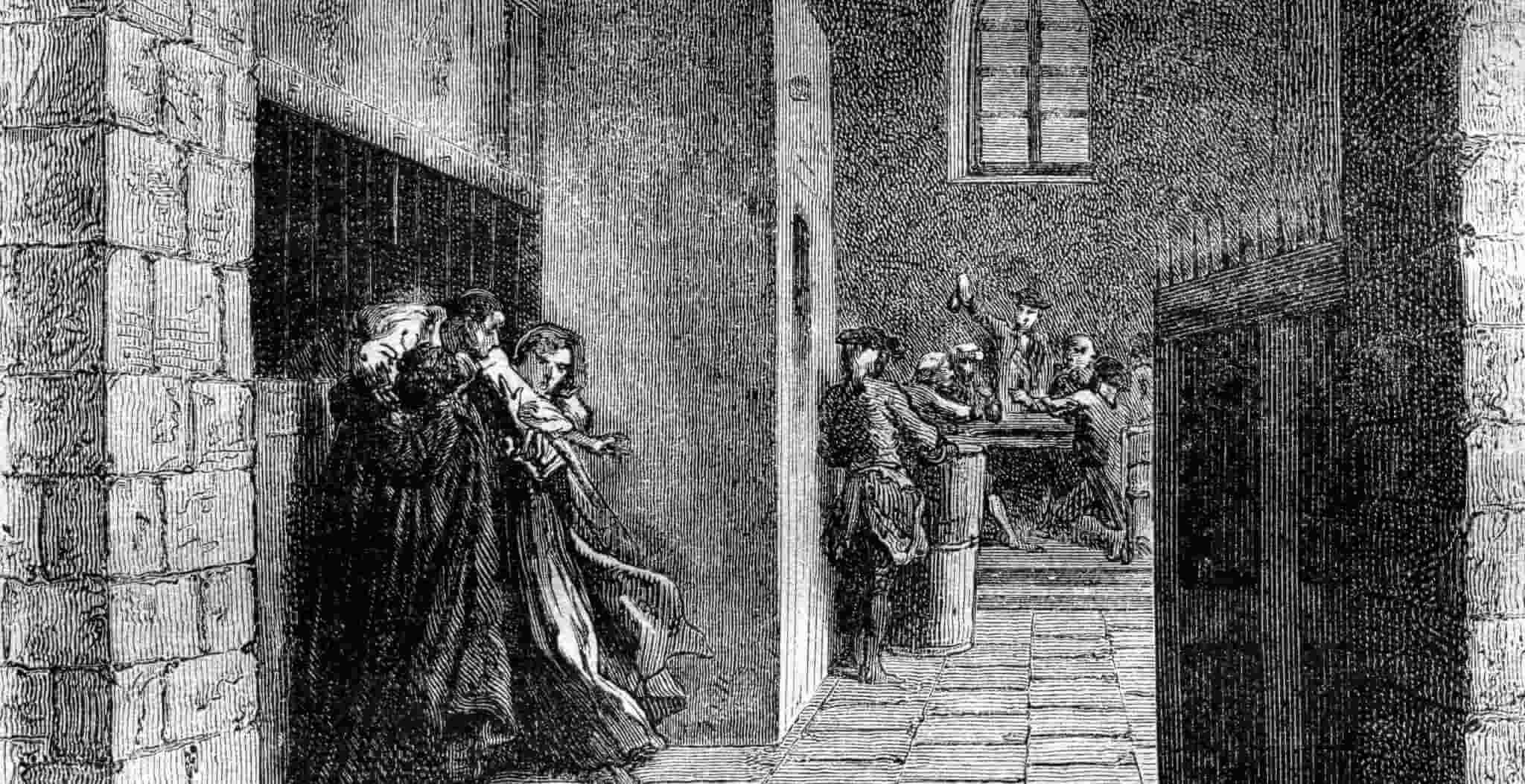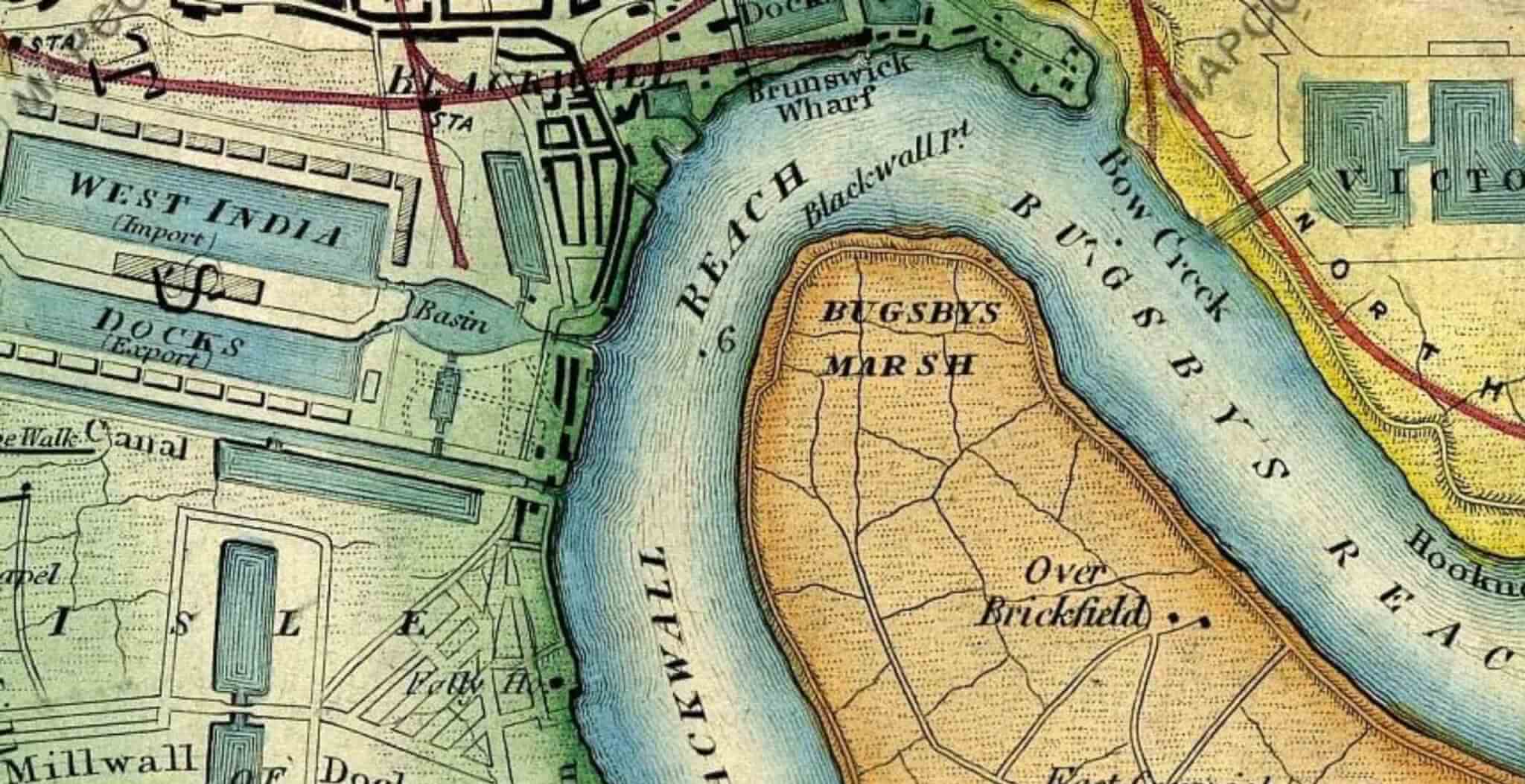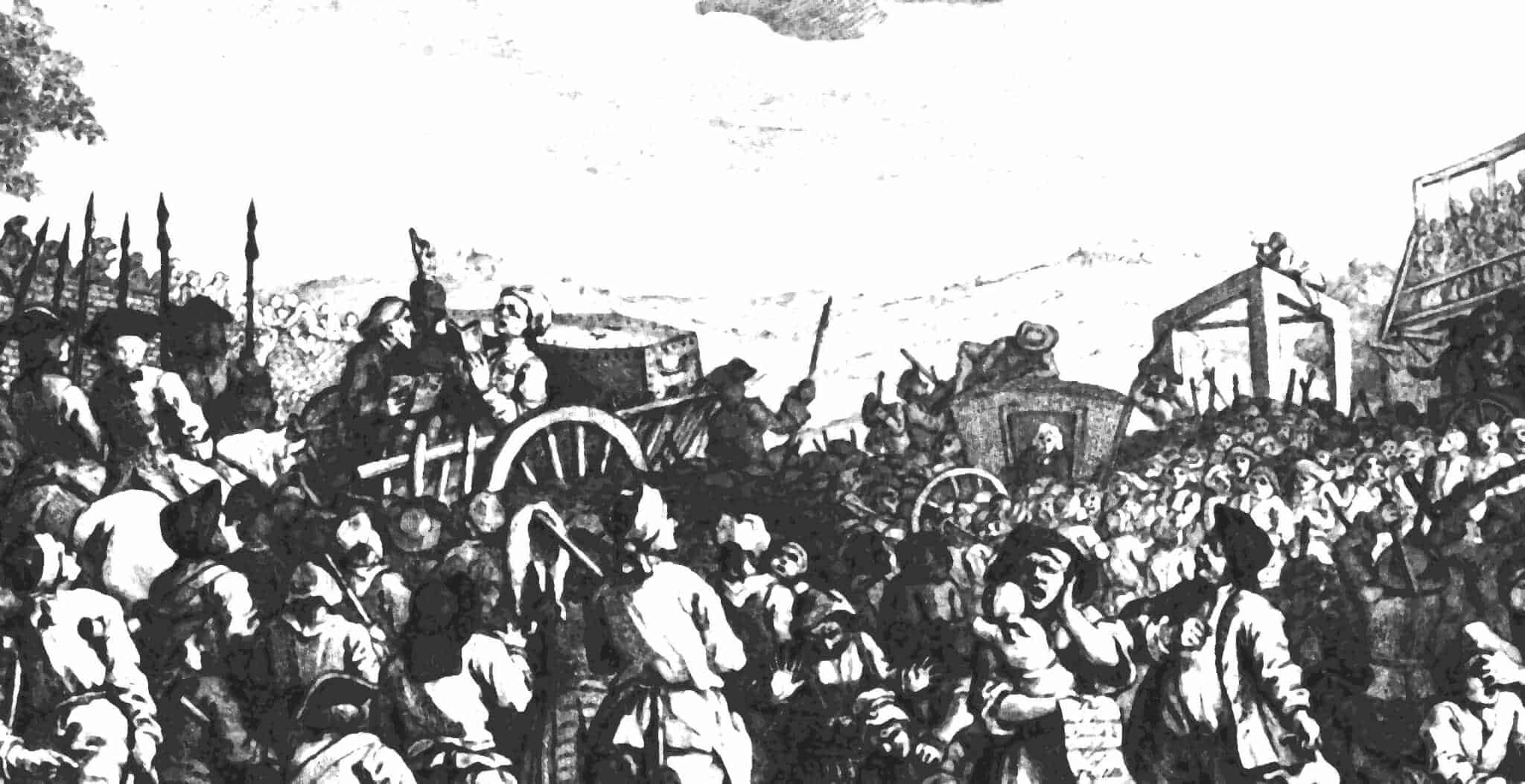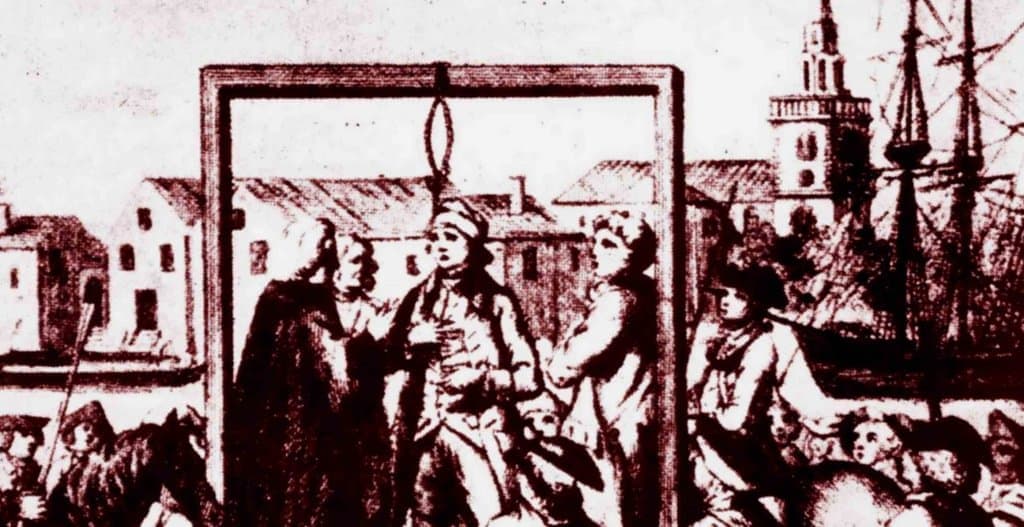Newgate Prison Wall
Newgate Prison was once the most notorious prison in London. Commissioned in the 12th century by King Henry II, Newgate Prison remained in use all the way through to 1902. The only remaining part of Newgate Prison is a wall located on Amen Court.
“Tis impossible to describe the terror of my mind, when I was first brought in, and when I looked around upon all the horrors of that dismal place… : the hellish noise, the roaring, swearing, and clamour, the stench and nastiness… joined together to make the place seem an emblem of hell itself, and a kind of entrance to it.”
Newgate Prison was once the most notorious prison in London. Commissioned in the 12th century by King Henry II, Newgate Prison remained in use all the way through to 1902. The prison itself was originally built into a gate on the old Roman wall (hence the name “Newgate”) although it was rebuilt numerous times during its lifespan.
For over 600 years the prison was renowned for its appalling conditions. It was said that the prison was so dirty and squalid that the floors crunched as you walked due to all of the lice and bedbugs. The women’s area was equally as appalling, crowded with half naked women, drunk, sometimes deranged, in leg irons and often with their children in tow.
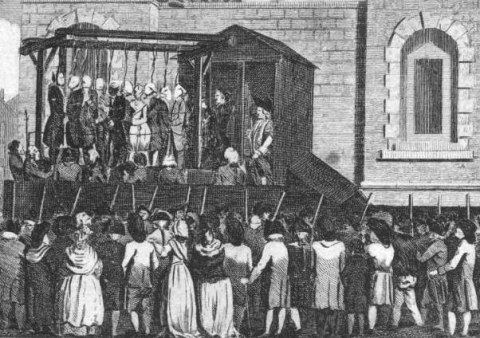
After its final rebuild in 1782 the prison was divided into two sections; a common area for the general public as well as a State area for those who could afford more comfortable accommodation. At the same time as the prison rebuild, the site for London’s public gallows moved from Tyburn (in the modern day West End) over to Newgate Prison. This meant that the public executions were now held in the heart of the City of London, drawing large audiences all the way up until the public executions were abandoned in 1868.
To understand the scale of capital punishment at Newgate Prison, it is said that between 1790 and 1902 over one thousand people were put to death there alone. During the period of public executions, these were carried out outside of Newgate Prison on the Old Bailey Road.
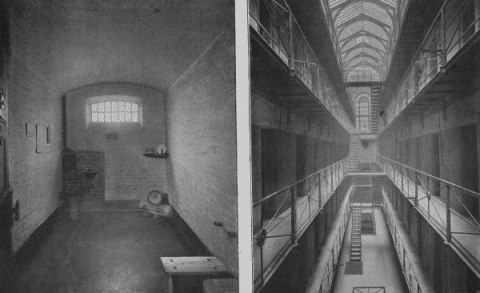
The church of St Sepulchre-without-Newgate also has a rather ghoulish part to play in the executions. At midnight on the eve of an execution, a bellman would walk along the prison tunnels ringing ‘twelve solemn towels with double strokes’ on his handbell whist chanting “All you that in the condemned hold do lie, Prepare you, for tomorrow you shall die; Watch all and pray, the hour is drawing near That you before the Almighty must appear; Examine well yourselves, in time repent, That you may not to eternal flames be sent: And when St. Sepulchre’s bell tomorrow tolls, The Lord above have mercy on your souls.” Although Newgate Prison has long gone, the Newgate Execution Bell still exists and is housed in the Church of St Sepulchre.
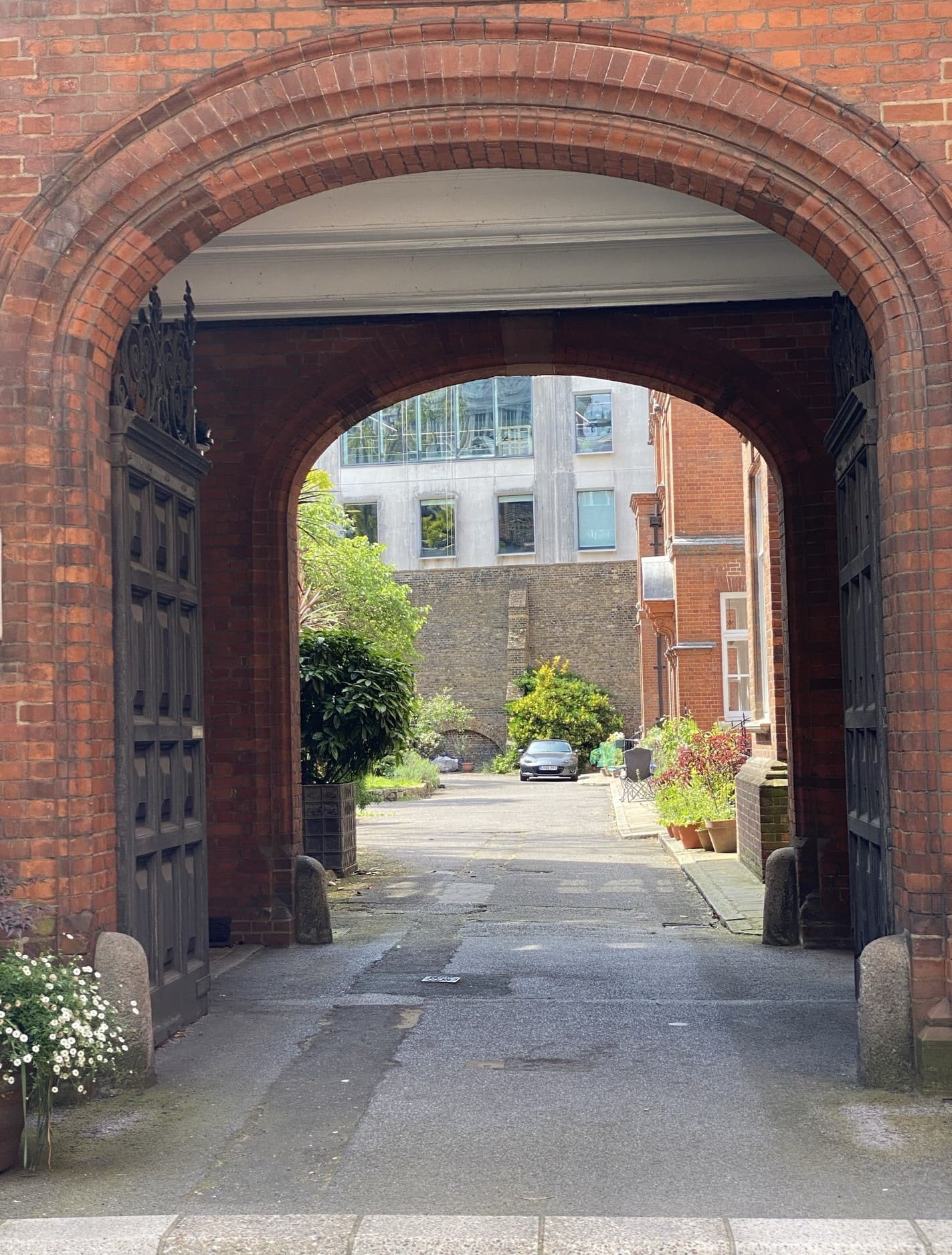
The Central Criminal Court (a.k.a. the Old Bailey) now stands on the site of the old Newgate Prison. However, if you venture around the back of Amen Court (see map below) you will find something quite spectacular; the only surviving wall of Newgate Prison!
